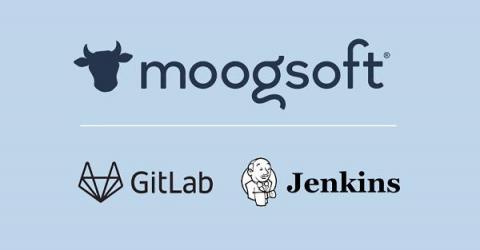Disaster recovery in AWS, GCP and Azure - thoughts on capacity planning and risks
One of the most popular cloud disaster recovery models in the industry today is the “pilot light” model where critical applications and data are in already place so that it can be quickly retrieved if needed. A simple question one must ask before adopting this model is what thought has been given to whether the AWS/GCP/Azure APIs will work and if the requisite capacity will be available in the alternate region.











